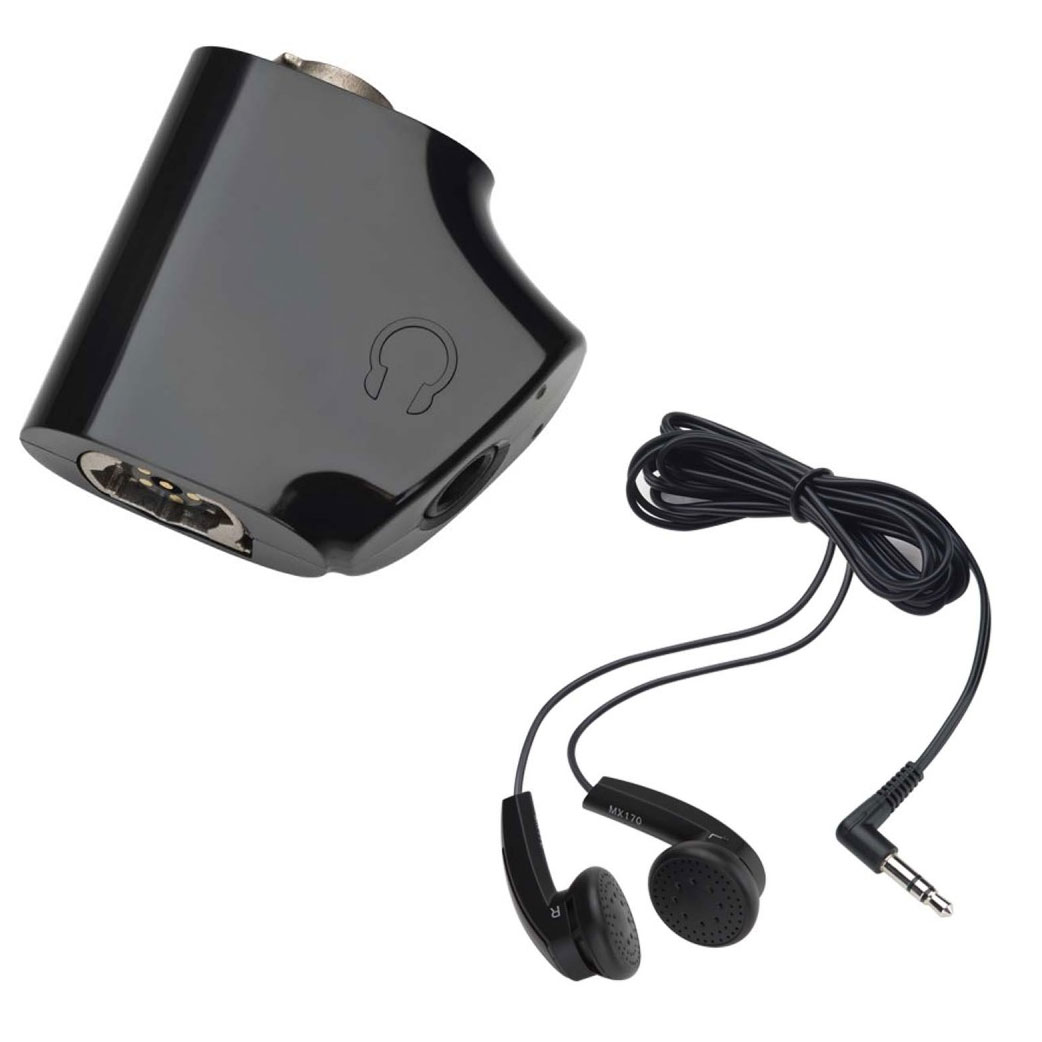
In the early days of their existence, cochlear implants (CI) were envisioned as an aid to lip-reading and were reputed to provide environmental-sound awareness for the “deaf” patient.

Candidacy Guidelines Cochlear Nucleus Implant Systems FDA Indication for the Cochlear™ Nucleus® Portfolio of Cochlear Implants.** The implementation is more rewarding, and less complex, than you may think.įigure 1. In this article, the authors will explore the business side of cochlear implantation, providing insight into what you may need to consider and what you will need to do when you bring cochlear implants into your practice. Further, once implanted, many of these patients will continue to be users of hearing instruments in their non-implanted ear. On average, the typical adult cochlear implant candidate will have worn three-to-four pairs of hearing aids prior to consideration of a surgical alternative.

While it can be a challenge to stay up to date with rapid technological advancements in today’s market, maintaining a facility with all the various hearing technologies, diagnostic platforms and a high level of personalized service can help you differentiate your practice.įrom a strictly fiscal perspective, it is best practice to cast the widest net possible so that you serve a diverse set of patients who can then act as referral sources. The very best Doctors of Audiology are well-versed in various types of hearing instruments, assistive technologies, cochlear implants, bone conduction devices, and hybrid implants.


 0 kommentar(er)
0 kommentar(er)
